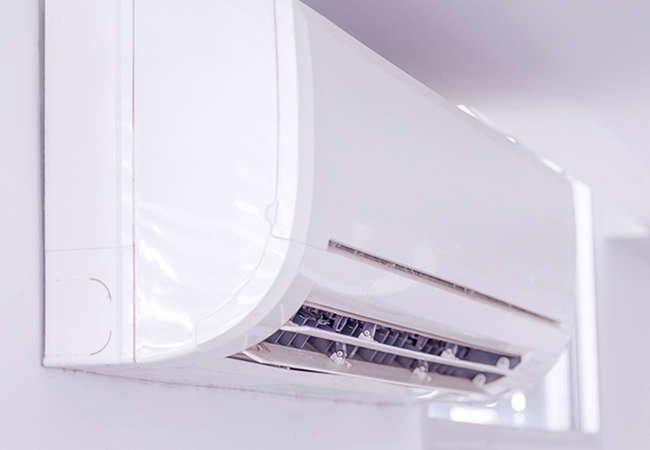

We may earn revenue from the products available on this page and participate in affiliate programs. Learn More ›
Home Advice You Can Trust
Tips, tricks & ideas for a better home and yard, delivered to your inbox daily.
By signing up you agree to our Terms of Service and Privacy Policy.
Banishing Noise

We’ve all been there. The dog that won’t stop barking. The upstairs neighbors who pace all night. The fun couple who throws loud parties on weeknights. Noise isn’t just irritating. According to the World Health Organization, noise can also be harmful, exacting both a physical and emotional toll. As well, sound waves do not respect property lines, making it especially tough to buffer noise in tight living spaces. But don’t despair! Try a few of these soundproofing solutions, most of which are relatively simple, to protect your mind and body from repeated stress.
Insulate, Insulate, Insulate
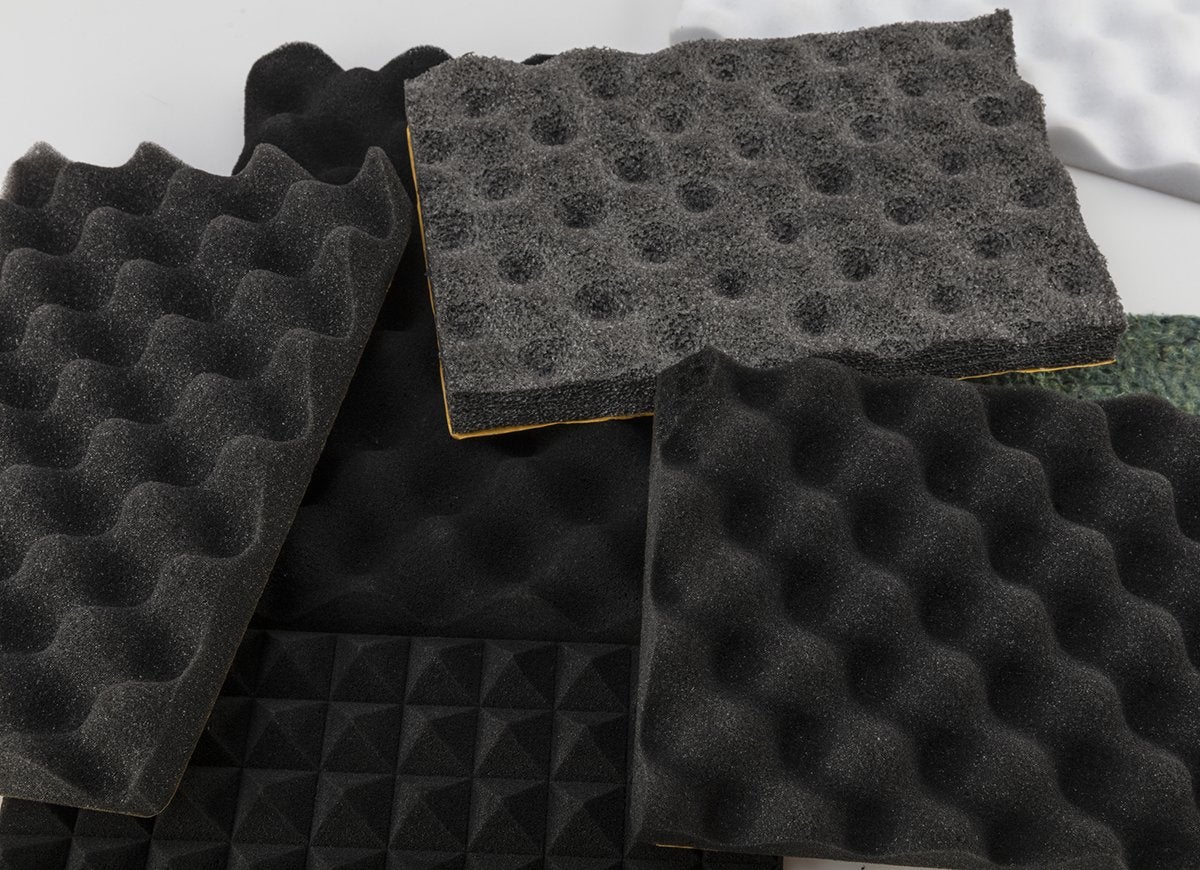
In your efforts to insulate your space, you’ll want to tackle large, hard surfaces first, which are the worst offenders in transmitting and reflecting sound waves. Your can insulate walls in a number of ways, including putting up additional drywall or, preferably, MLV (mass-loaded vinyl) insulation. MLV is a thin, ultradense material that takes up less space than drywall yet is more effective at absorbing sound. MLV is typically layered inside the wall or ceiling, so if you’re looking for a lower-impact solution, try acoustic panels, which are installed on top of an existing surface. If you’d like a touch of elegance with your soundproofing, maybe microperforated wood should be your material of choice. These panels are pierced with tiny holes, practically invisible to the naked eye, that allow sound waves to penetrate to the insulating layer, which soaks up the noise.
Seal the Cracks
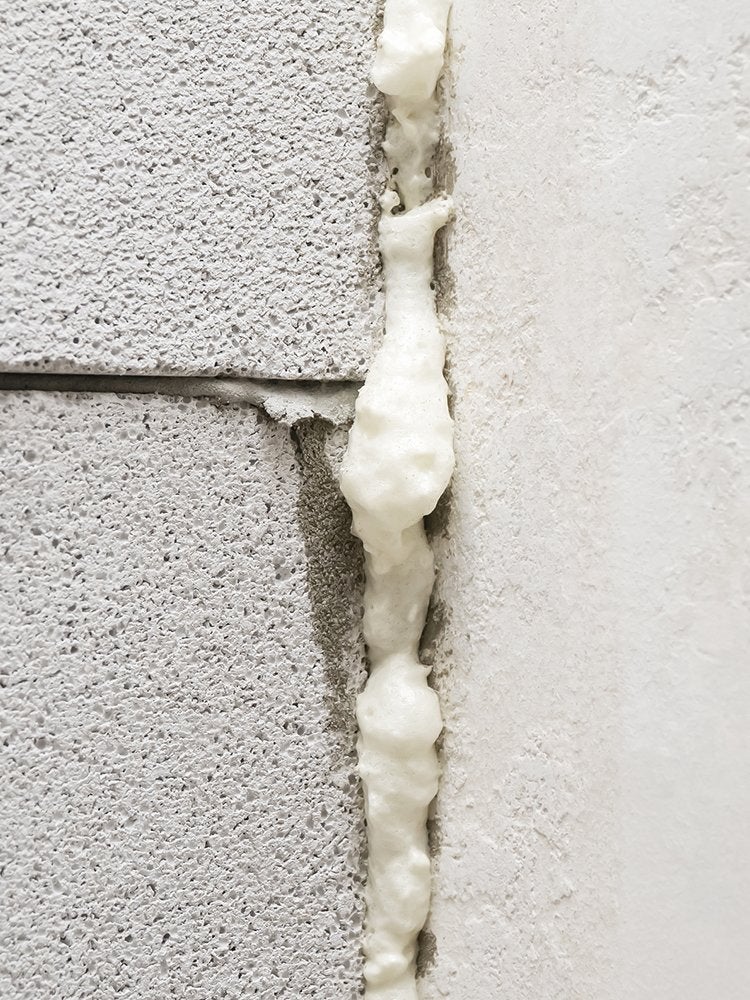
Noise is caused by sound waves that penetrate and reverberate off surfaces. You can lessen the waves’ impact by sealing off cracks, especially around windows and doors. Weatherproof your front door, and install a noise-cancelling door sweep, which will also cut down on the number of bugs that creep in and the amount of energy that seeps out. For greater noise-buffering power, install solid-core doors, which surpass both solid wood and traditional hollow-core doors in their soundproofing performance. Solid-core doors are made of pressurized wood by-products that reduce noise transmission. To soundproof windows, consider installing inserts, which fit directly into the frame and add another layer of protection. For a cheaper solution, run beads of acoustical caulk along gaps around your windows, which will provide better protection from weather as well as sound.
Pad Your Rug—Properly
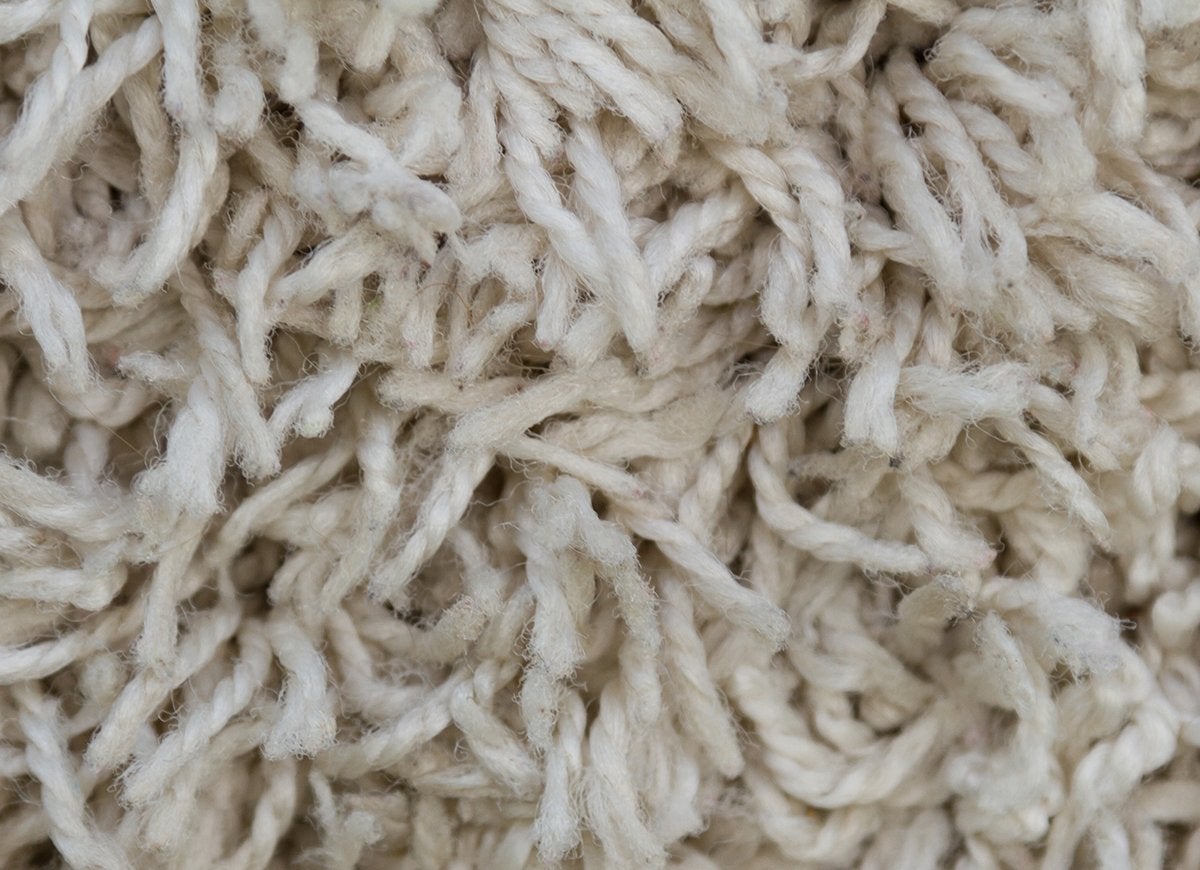
Hard flooring is a prime offender when it comes to amplifying noise. But even carpeting can cause echoing of sounds between floors, including footsteps, music, and other noises of everyday life. If you have wood or laminate floors, area rugs are essential. Opt for plush rugs with backing and a thick pile, and avoid rag rugs or kilims, which don’t have any backing. If you are installing new carpeting, consider soundproofing underlayments, which add insulation beyond traditional subflooring. Be sure to use acoustical sealant during installation to further block the spread of noise.
Seek Out Sound Leaks
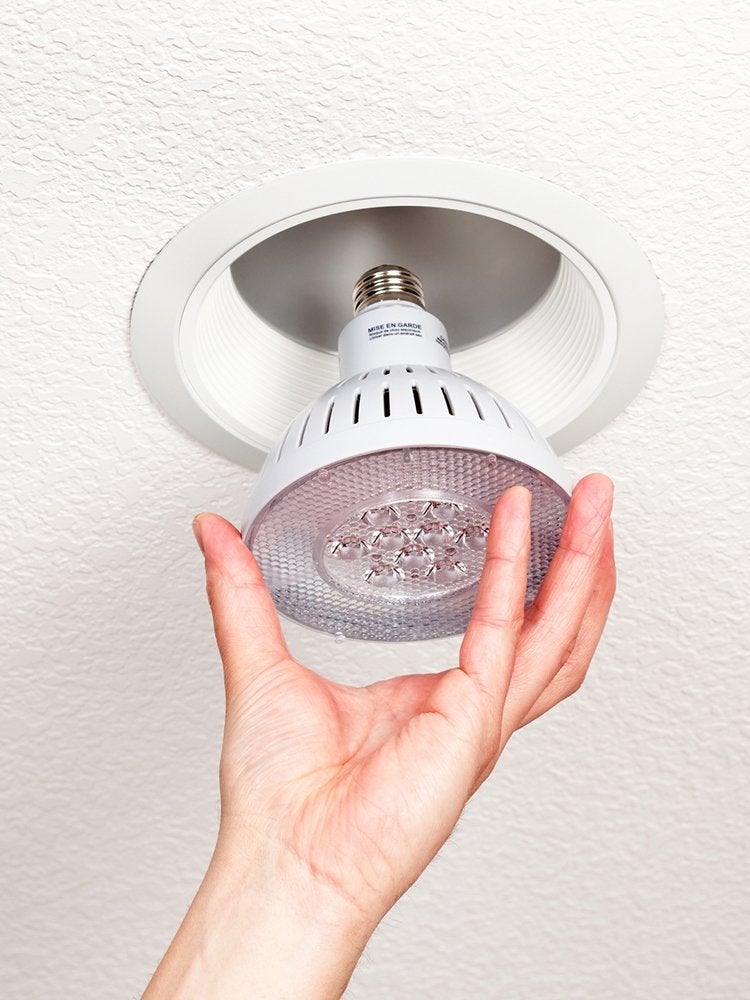
Look beyond the usual suspects—windows and doors—to find out where sound is leaking into your home. Light fixtures, ceiling cans, electrical boxes, and air ducts can all be conduits for unwanted noise. Use acoustical caulk to plug any visible gaps or cracks around these areas. Keep in mind that if you live in an apartment building, sound may be leaking from both upstairs and downstairs. Seek your neighbors’ cooperation to find and fix the problem areas. An inexpensive decibel meter can help you locate noisier spots and also determine whether that noise is reaching unhealthy levels. In general, sounds above 85 decibels (the loudness of a running lawn mower) are considered harmful. But sounds between 60 and 85 decibels inside the home can be just as annoying and stressful, so you should use your own comfort level to determine what’s too loud.
Know Your STC
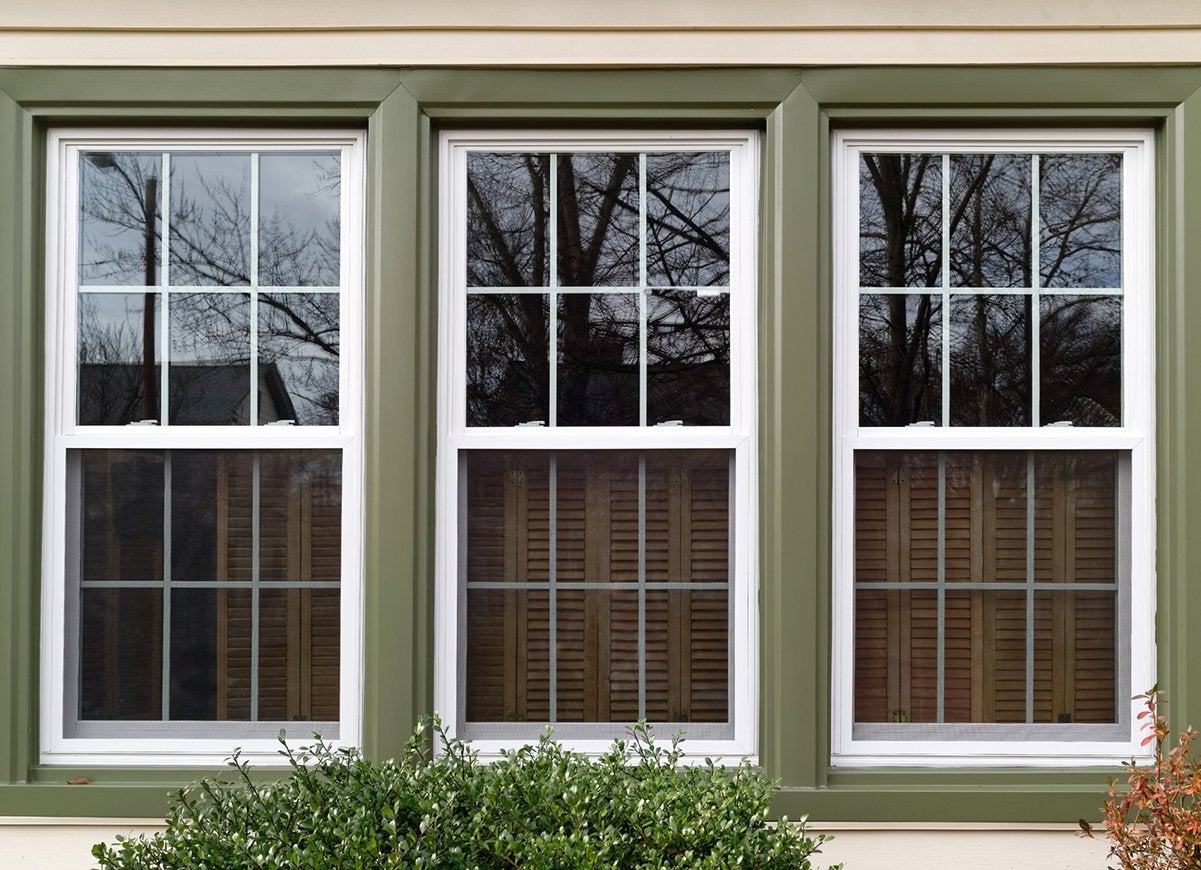
Any kind of padding can help reduce noise, but certain materials are specially designed and invested with noise-blocking properties. These materials are tested and given an STC (Sound Transmission Class) rating. The scale is logarithmic, so each consecutive number represents a significant increase in a material’s noise reduction abilities. Basically, the higher the STC, the better. Soundproof windows should have an STC value of around 48. For walls, look for an STC of 45 to 50, which ensures that loud speech won’t carry from room to room.
Soften Your Surroundings
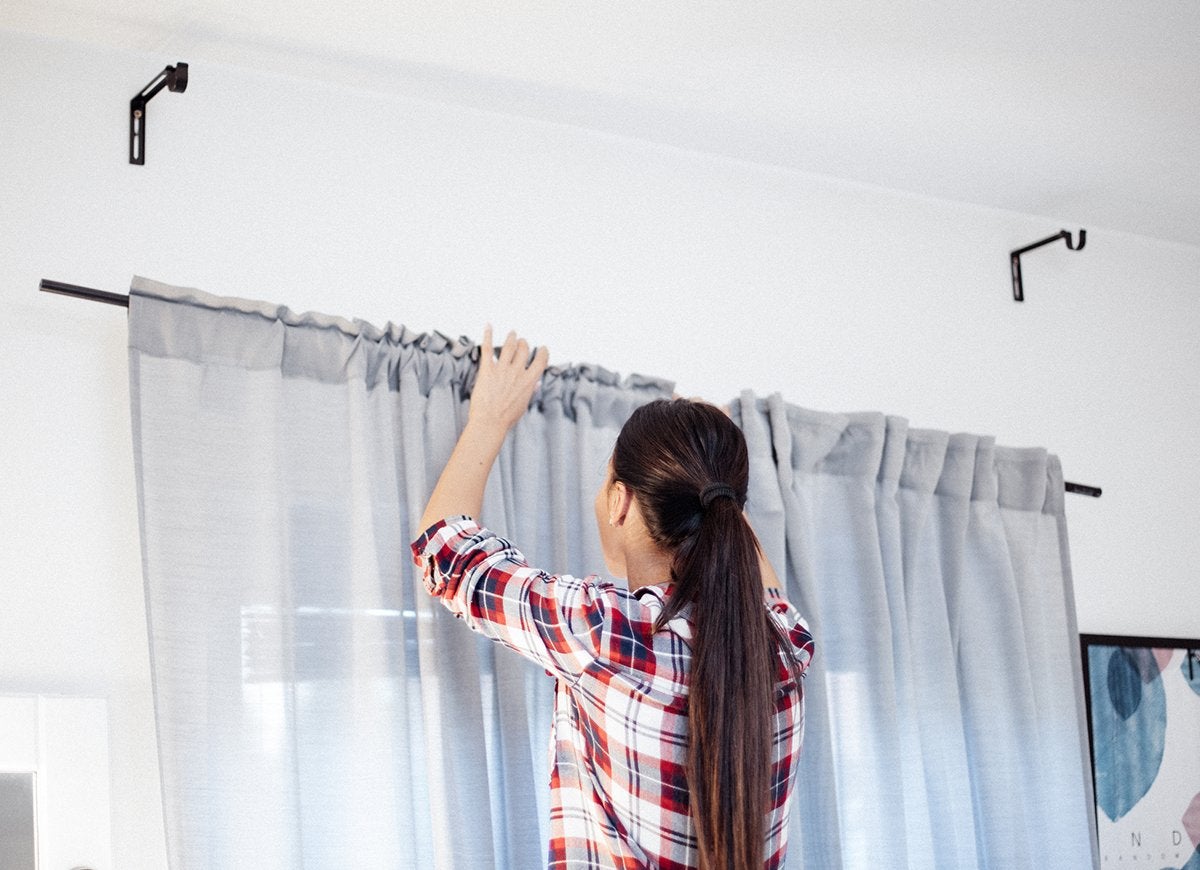
To stop sound waves from bouncing off every possible surface, add natural softeners to your rooms. Soundproofing curtains are especially effective. These opaque polyester panels are woven with layers of thermal insulation, which not only soaks up sound waves but also blocks light from entering your home. These curtains are particularly great for bedrooms but can also be used in living spaces, offices, and more. Other soft sound absorbers include area rugs, tablecloths, cushions, and tapestries. In apartments, hang a thick curtain right inside your front door to cut down on the amount of noise and dust that spill into your space.
Embrace White Noise
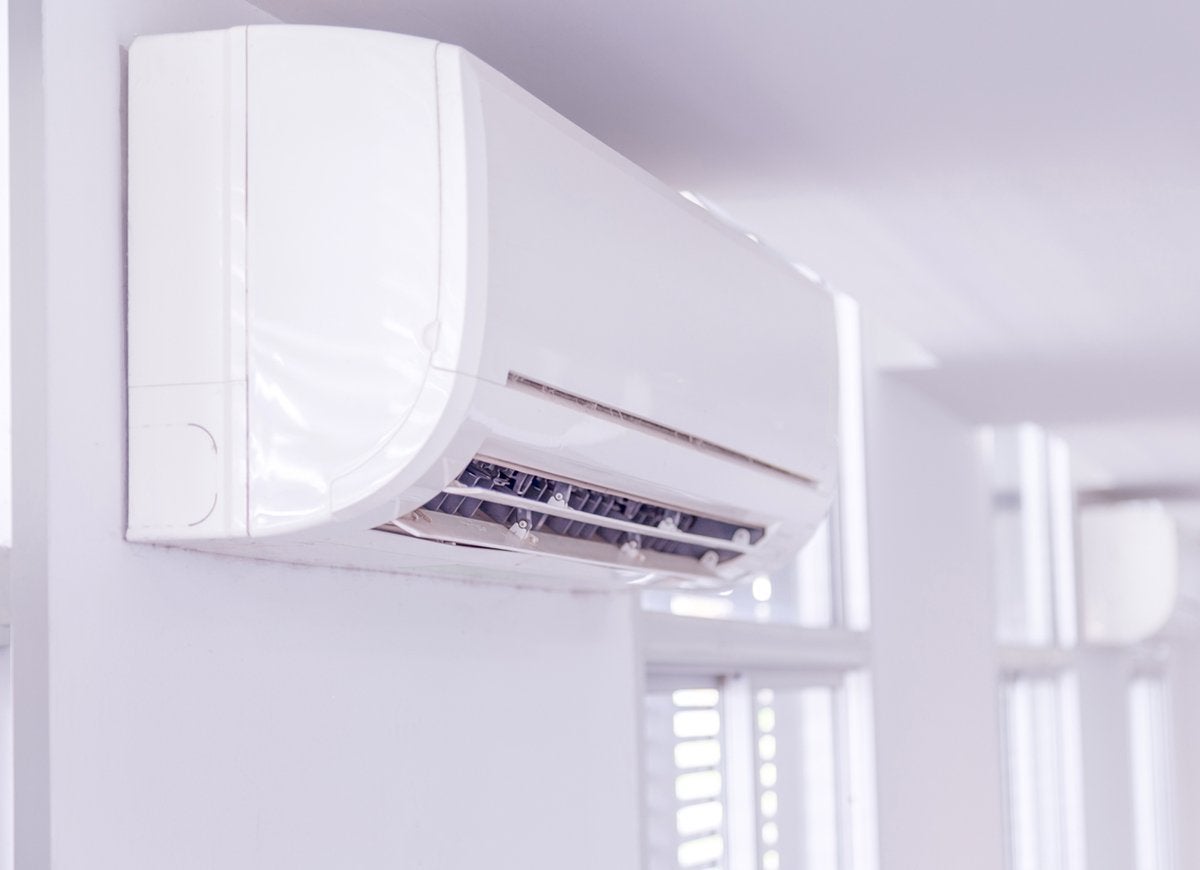
White noise refers to soothing ambient sounds that mask or minimize louder noises, such as radios, televisions, and traffic. White noise can be natural—think rain or the ocean—as well as artificial, like a running fan or A/C unit. In theory, white noise can lower your stress levels and provide you with better-quality sleep. But before you purchase a white noise machine, be very clear on what it can and cannot do. While it can conceal annoying sounds that are more distant—like a leaf blower, for instance—it cannot erase heavy vibrations from construction, footfalls, or alarms.
Get the Right Earplugs

Are noise-cancelling headphones worth the investment? The better models can cost you hundreds of dollars and may not completely erase the sound of noisy neighbors. And because headphones fit over the ears, they can be difficult to sleep with. For a more affordable, practical solution, try noise-reducing earplugs. Typically made of foam or silicone, these plugs fit inside your ear, essentially preventing sound waves from entering your head. They’re a great way to cut down on noise instantly, without any home upgrades.
Speak Up
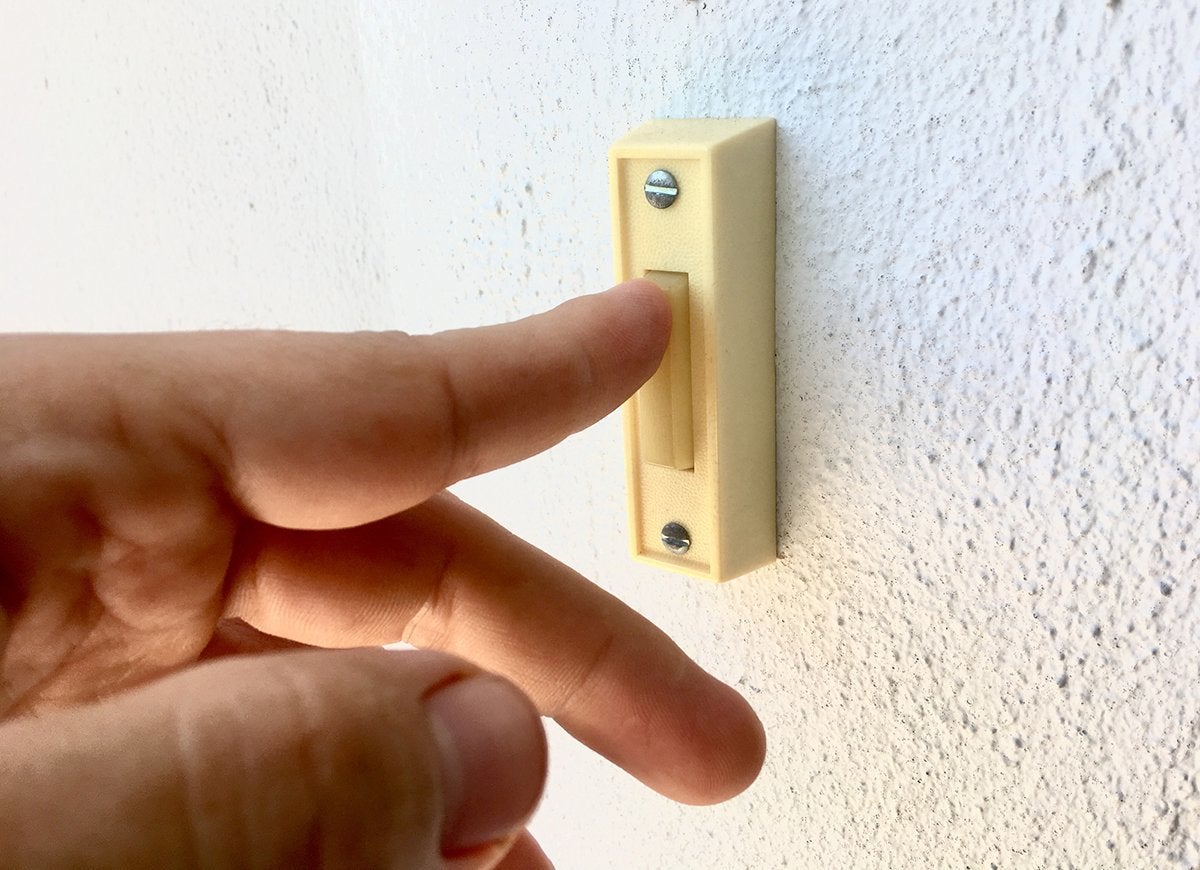
Addressing your neighbor’s noisiness, whether it’s wild parties or heavy footsteps, can be uncomfortable. But talking about it face to face can also pay off. The most important things to consider are timing and mood—getting angry won’t solve anything. So, wait until you’ve cooled down, then knock on the offending neighbor’s door or give a call. For an initial contact, avoid texting or writing a letter, because written messages can come across as harsher than personal contact. Most often, your neighbors aren’t even aware they’re causing you distress. Once you’ve flagged the problem, suggest some possible remedies. Then, when you’re on good terms with your neighbors, you can get their number and text them if noise exceeds livable limits.

All You Need to Care for Your Lawn & Garden
Keeping your grass green and your plants thriving doesn’t just take a green thumb—it starts with the right tools and supplies.